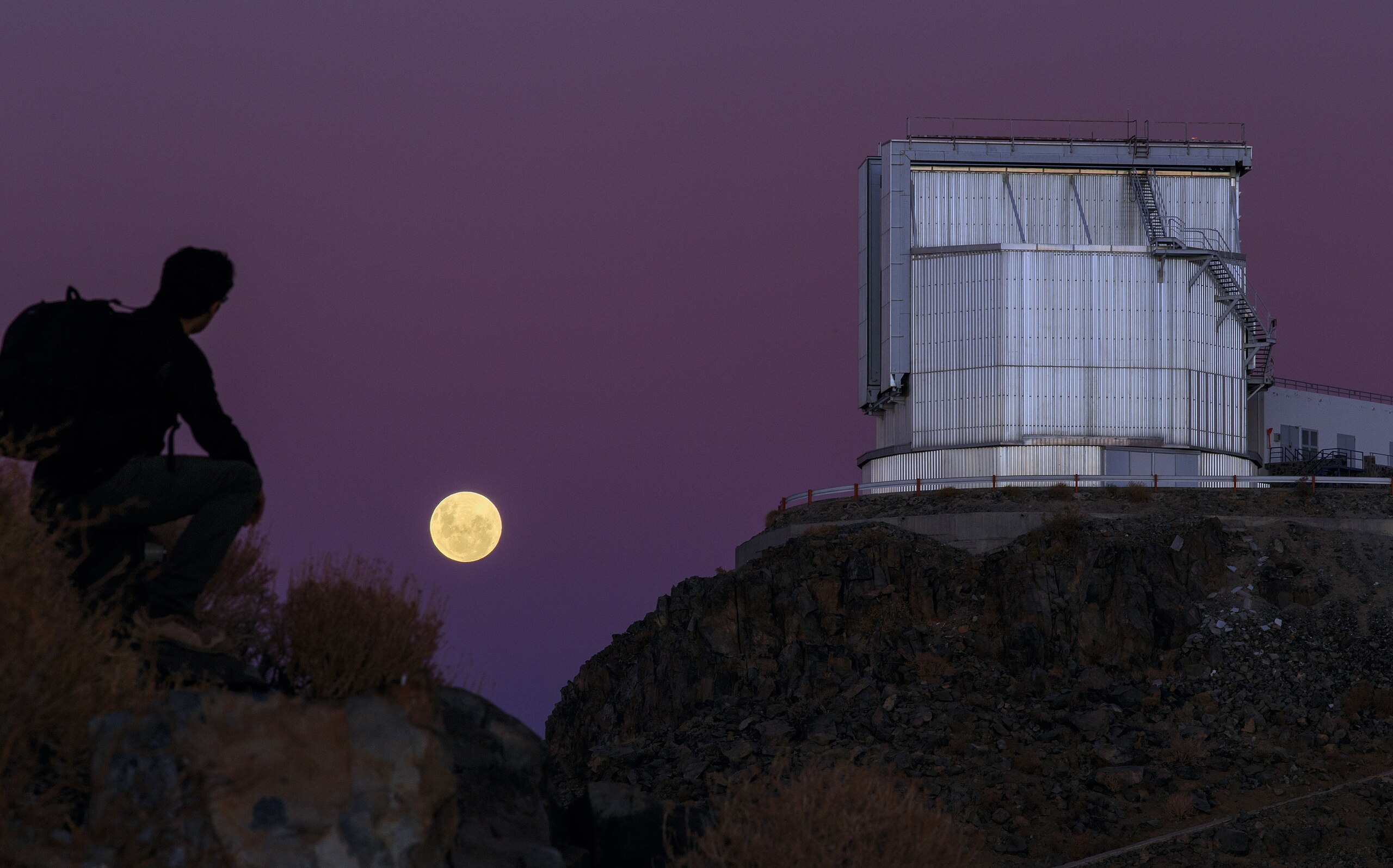

Reflections on Observational Astronomy in the Medieval Islamic Period authored by Dr. S. Mohammad Mozaffari is an essential volume in the history of astronomy shedding light on the comprehensive activities undertaken by Islamic astronomers in…


Ibn al-Zarqālluh (al-Andalus, d. 1100) introduced a new inequality in the longitudinal motion of the Moon into Ptolemy’s lunar model with the amplitude of 24′, which periodically changes in terms of a sine function with…


The orbital elements of each planet are the eccentricity and the direction of the apsidal line of its orbit defined by the ecliptic longitude of either of its apses, i.e., the two points on its…


The present paper introduces, investigates, analyses, and comments on an anonymous treatise in Persian named al-Risāla al-Ghāzāniyya fi ’l-ālāt al-raṣadiyya, “Ghāzān’s (or Ghāzānid) treatise on the observational instruments”, which describes the structure, construction, and functions…


This paper deals with an optical aid named barbakh that Abū al-Rayḥān al-Bīrūnī (973–1048 CE) proposes for facilitating the observation of the lunar crescent in his al-Qānūn al-Mas‘ūdī VIII.14. The device consists of a long…